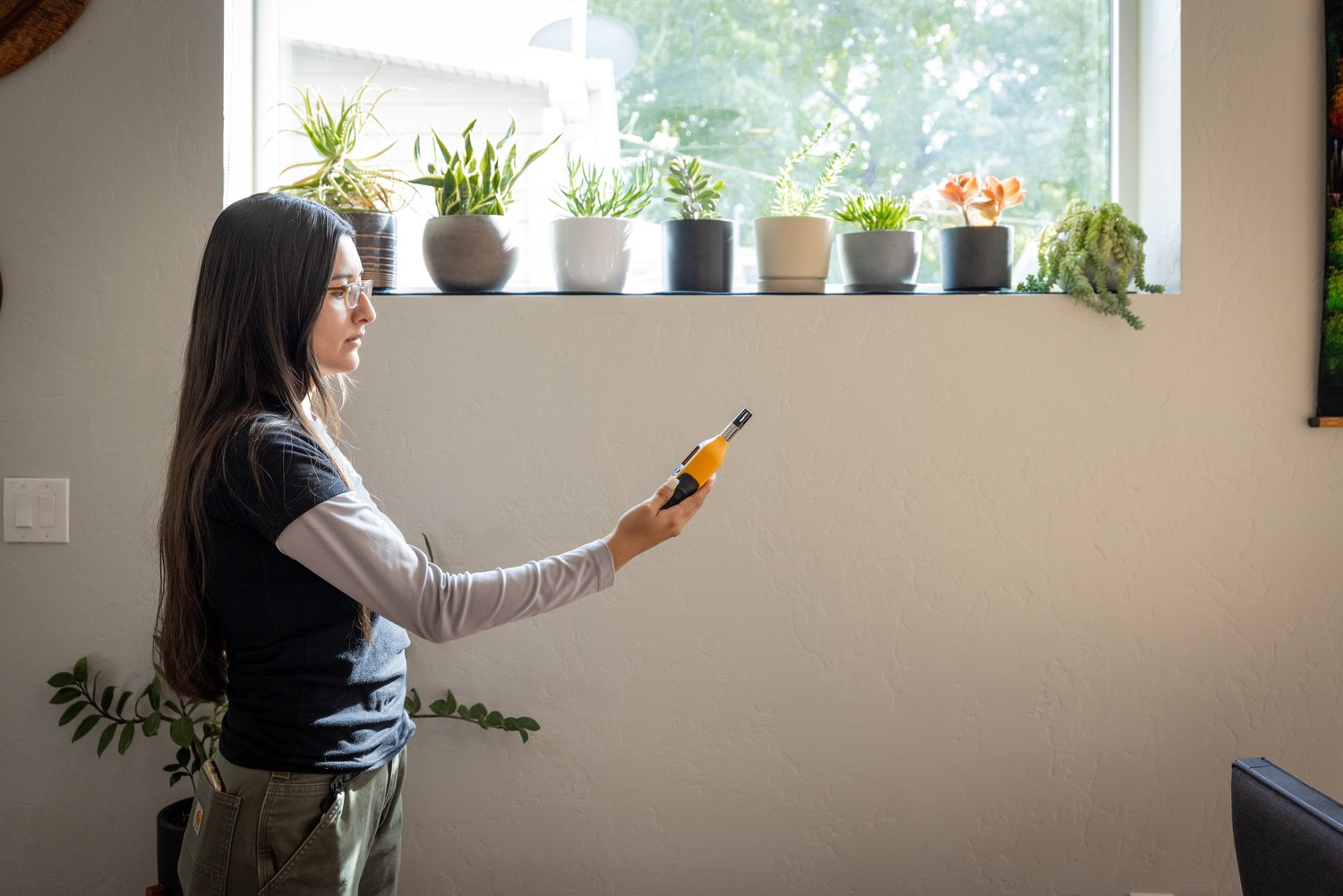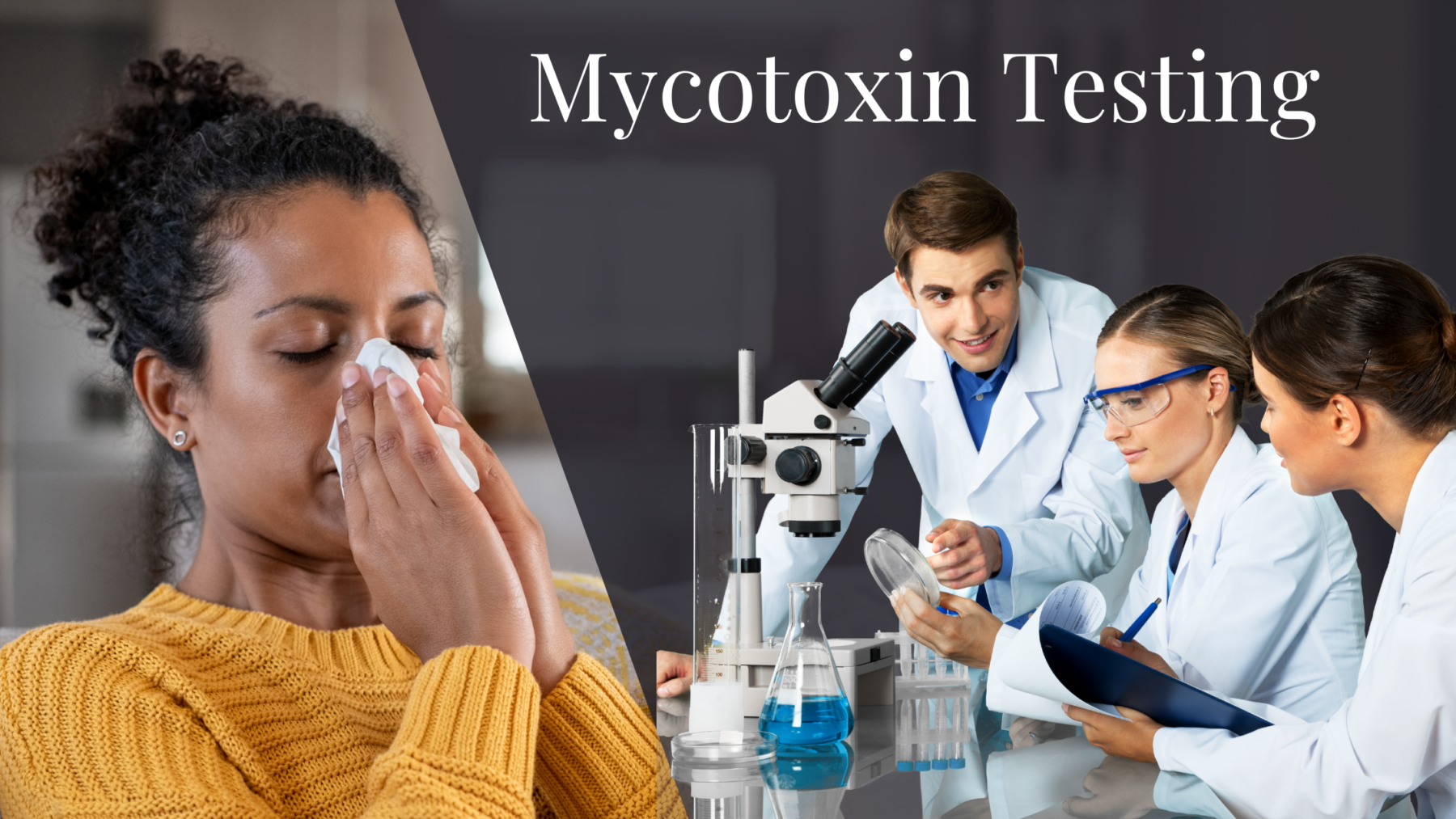Optimize Your Compliance with Trusted Mycotoxin testing Services Solutions
Optimize Your Compliance with Trusted Mycotoxin testing Services Solutions
Blog Article
How Mycotoxin Testing Assists Stop Contamination and Protect Food Supplies

Mycotoxin testing is an indispensable method in the food market, offering as a frontline protection against contamination by unsafe toxic substances generated by molds. With the application of innovative strategies like High-Performance Liquid Chromatography (HPLC) and Liquid Chromatography-Mass Spectrometry (LC-MS), food manufacturers can properly evaluate and spot mycotoxin degrees in farming products.
Comprehending Mycotoxins
Recognizing mycotoxins starts with identifying that they are toxic secondary metabolites produced by specific mold and mildews, which can pollute agricultural products. These metabolites are not important for the growth or reproduction of the fungis yet can have extreme implications for human and animal health. Mycotoxins are commonly found in staple crops such as corn, wheat, barley, and nuts, where they can multiply under certain problems of wetness and temperature.
There are numerous types of mycotoxins, each produced by various fungal species. Fusarium varieties create trichothecenes and fumonisins, both of which are linked with different acute and persistent health concerns.

Dangers of Mycotoxin Contamination
The threats of mycotoxin contamination are complex, presenting considerable threats to both food safety and security and public health. Mycotoxins, poisonous compounds generated by specific kinds of fungi, can infect a broad array of agricultural items consisting of cereals, nuts, seasonings, dried fruits, and coffee.
Economic impacts are one more significant issue. Infected plants can lead to significant financial losses for farmers and food producers as a result of decreased returns and the requirement for costly purification procedures. Global trade can be dramatically impeded as nations enforce strict mycotoxin laws to secure their populaces, leading to denied shipments and strained trade relations.
Environmental aspects such as environment change exacerbate the danger of mycotoxin contamination. Variations in temperature and humidity can produce desirable problems for fungal development, raising the probability of contamination occasions. Therefore, understanding and minimizing these threats are crucial for guaranteeing the security and stability of worldwide food materials.
Methods of Mycotoxin Evaluating
Accurately identifying mycotoxin contamination in farming items is crucial for safeguarding public wellness and keeping food safety and security criteria. Various techniques are used to identify and evaluate mycotoxins, each offering certain advantages and limitations.
High-Performance Fluid Chromatography (HPLC) is an extensively utilized technique because of its high sensitivity and precision. It entails dividing mycotoxins from other substances in an example, allowing precise quantification. Fluid Chromatography-Mass Spectrometry (LC-MS) incorporates fluid chromatography with mass spectrometry to offer detailed molecular info, making it particularly valuable for determining multiple mycotoxins concurrently.

Gas his response Chromatography-Mass Spectrometry (GC-MS) and Thin-Layer Chromatography (TENDER LOVING CARE) are additionally used, each with special applications. GC-MS is reliable for unstable mycotoxins, while tender loving care provides a simpler, affordable alternative for preliminary screening.
Advantages of Routine Checking
Routine testing for mycotoxins in farming items uses many benefits, significantly contributing to public wellness and food safety and security. By determining contamination early, routine screening helps prevent the circulation of poisonous foods, consequently decreasing the risk of mycotoxin-related illnesses amongst consumers. This proactive strategy not just safeguards human health and wellness however also boosts the general quality of food products.
Constant testing additionally supports governing compliance. Various nations and regions have actually developed stringent restrictions for mycotoxin degrees in food and feed. Adhering to these restrictions with normal testing guarantees that providers and producers satisfy legal criteria, consequently avoiding charges and trade obstacles. Maintaining compliance cultivates consumer count on and brand name reputation, which are important for market success.
In addition, regular mycotoxin testing can bring about significant economic benefits. Early detection of contamination permits prompt treatment, lowering potential losses from widespread contamination. Carrying out routine screening methods can additionally minimize recall costs and related liabilities, which can be financially devastating.
Additionally, routine testing offers useful information that can notify much better farming techniques and storage space problems. By recognizing patterns of contamination, manufacturers can take on safety nets, thereby reducing future risks and contributing to the sustainability of the food supply chain.
Carrying Out Checking Procedures
Applying efficient mycotoxin screening procedures is important for ensuring the safety and quality of farming items. Establishing a durable testing framework entails numerous key steps, starting with the recognition of possible contamination factors within the production and supply chain. This includes pre-harvest, post-harvest, storage space, and circulation phases. Each stage needs their website to be inspected to pinpoint where mycotoxin contamination is more than likely to happen.
Once essential control points are determined, selecting appropriate screening techniques is essential. Typical techniques include enzyme-linked immunosorbent assay (ELISA), high-performance fluid chromatography (HPLC), and mass spectrometry (MS) Each method has its toughness and weaknesses; therefore, picking the right one depends upon the certain mycotoxin being examined, the called for sensitivity, and available sources.

Last but not least, integrating the testing procedures into a detailed food security monitoring system is a good idea. This enhances traceability and makes it possible for quick corrective activities when contamination is spotted, thereby safeguarding the stability of the food supply chain.
Verdict
Mycotoxin screening is important in stopping contamination and guarding food products by enabling early detection of damaging toxic substances generated by mold and mildews in farming items. Normal screening this boosts brand name reputation, financial stability, and trust in food safety by reducing contamination-related losses and preserving high requirements in food production.
Mycotoxin testing is an important technique in the food sector, offering as a frontline protection versus contamination by dangerous toxic substances created by mold and mildews. An incorporated strategy involving agricultural practices, storage administration, and regular testing can alleviate the threats associated with mycotoxin contamination, guaranteeing food security and public health and wellness.
The threats of mycotoxin contamination are complex, positioning considerable dangers to both food security and public health and wellness.Normal screening for mycotoxins in farming products offers numerous benefits, significantly adding to public health and food safety.Mycotoxin screening is essential in avoiding contamination and protecting food supplies by making it possible for very early detection of damaging toxins generated by mold and mildews in agricultural items.
Report this page